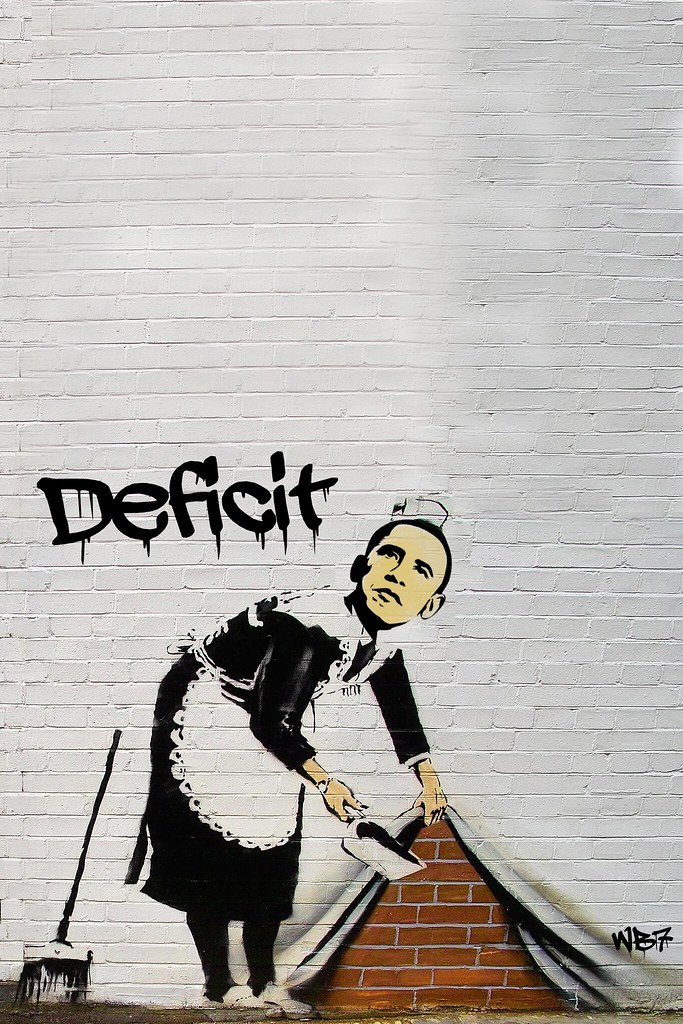1. Long-term interest rates may have bottomed several months ago, but rate will remain low for several more months. It is becoming clearer to many that the Federal Reserve is most likely not going to reduce the $85 bln of long-term securities it is purchasing every month. The BOJ remains committed to buying the equivalent of $75 bln of assets a month. The ECB continues to provide full allotment at its fixed rate repo operations, even if strong banks have repaid their long-term repo borrowings. The Bank of England’s economist Dale tweeted at the end of last week that UK rates are unlikely to rise next year.
The Bank of Canada, as it will likely reaffirm at this week’s meeting, retains a tightening bias, but it is of little consequence as it keeps pushing out in time when it anticipates removing some monetary accommodation. Unlike the Fed and BOE that have included macro-economic thresholds in their forward guidance, there has been continuity in BOC’s forward guidance from Carney to Poloz in that its forward guidance has been date oriented not data. The Reserve Bank of Australia is at the tail end of its easing cycle. Many think it is done. However, we continue to see scope for another rate cut, especially if, as we suspect, this week’s Q3 CPI report is tame. In addition, the strengthening of the Australian dollar also tilts the odds in favor of a cut.
Investment implication: This favors carry trade strategies, risk assets, including emerging markets, commodities and equities.
2. For good reason, many observers and investors are concerned that the dysfunctional political system in the US will renew the default threat again early next year. Yet given the failure of such tactics, in terms of results and in the court of public opinion, that does not seem to be the most likely scenario.
The Congressional Budget Office projects the deficit in the fiscal year that just began will be near 3.4% and FY2015, the shortfall is projected to be 2.1%. There is not immediate deficit problem. The real fiscal challenge is still some years away. Essentially the cost of what are often called entitlements, which is a pejorative way to talk about the basket of goods one gets as a citizen and member of nearly every other high income country, is projected to require a larger part of GDP than has ever been raised in federal taxes. Neither party has it in their interest to let this be settled before next year’s election. Perhaps that is what the 2016 presidential race will be about. The most likely outcome therefore is some soft of compromise that includes some reforms of Medicare and Medicaid, and slowing the rise in Social Security payments, without really addressing the structural issue.
In the traditional media and blogosphere there was much hand wringing and chin wagging about how the US fiscal melodrama was going to undermine confidence in the role of Treasuries at the center of the global financial system, including reserves. To the contrary, the Federal Reserve’s custodial holdings for foreign central banks rose $28.6 bln in the week through last Wednesday, while the government was still closed and the threat of default hung in the air. This was the third largest rise in three years. This is not to say one week makes a trend. After falling in June and July, the Fed’s custody holdings rose in Aug, Sept and the first half of October. They are now about $7 bln from the record high set in May.
While US government data will begin being reported, with the highlight being Tuesday release of September’s employment data, it is unlikely to be a significant market mover. The data has been superseded by events. Surveys suggest the market consensus for Fed tapering is shifting to March and a modest $10 bln reduction. Near-term data is not going to change this view.
Investment implication: The role of Treasuries and the dollar are unlikely to be impacted by the domestic brinkmanship over fiscal policy.
3. The flash euro area PMIs, due Thursday, stand out as the most market sensitive economic data from the euro area. Although the sentiment has been running ahead of real sector data, slight positive growth has replaced the recent contraction. Next Wednesday, the ECB is expected to unveil the broad details of the Asset Quality Review (AQR). This is not a stress test. It is a preliminary review of the books of the banks that it will soon have supervisory responsibilities. Definitions of risk-weighted assets various in the euro area and some uniformity is a necessary condition of a banking union. New stress tests will be conducted next year.
Separately, news broke (MNI) over the weekend that ECB President Draghi argued for precautionary state recapitalization funds (for solvent institutions) instead of forcing a bailing-in of share holders and subordinated creditors. While his argument that it could renew the financial crisis, it is also yet another way to put tax payers money ahead of those who made in the investment decisions.
While the existential part of the euro crisis appears to have passed, the political fallout continues to be seen. This is true not just in countries that have suffered greatly, like Greece, but also may those that have come out relatively unscathed, like Austria. The declining support for the French Socialists and the internal divisions of the UMP has created an opportunity for the national socialism for the Len Pen variety.
Investment implication: The euro may enjoy additional near-term gains, it will serve to aggravate the tightening of financial conditions (lending, money supply growth). We see euro area challenges once again rising in importance to investors.
4. There are two major events for the UK in the week ahead. First, the minutes from this month’s MPC meeting will be released. It would be a surprise is there was any dissent. Recent comments, however, do suggest there are in fact disagreements below the surface. Under the terms of one person-one vote demands for consensus seems to be a recipe for group think. Of interest may be the MPC’s assessment of price pressures. Perhaps Dale’s tipped the BOE’s hand when he suggested that the increase in sterling could dampen import prices and help boost real incomes.
Second, on Friday the UK will be the first of the G7 to report Q3 GDP figures. The Bloomberg consensus calls for 0.8% increase, which would be the third increases sequentially and lift the year-over-year rate to 1.5% from 1.3% in Q2 and 0.2% in Q1. Despite the economic improvement, we note that he recent Ipsos/Mori polls shows Labour has pulled into a tie with the Tories, while the Lib-Dems have slipped into fourth place behind the UKIP.
Investment implication: Strong data and a BOE that finds virtue in sterling’s strength is likely to underpin the currency in the period ahead.
5. Japan reports the Sept trade balance first thing Monday. The deficit is expected to widen sharply on seasonally adjusted terms (JPY1.12 trillion from JPY791 bln), but improve slightly on an unadjusted basis. It is the fifteenth consecutive monthly deficit. The deficit is not a result of exports drying up. Indeed, exports are growing heady clip: 14.6% year-over-year in August and in September may have accelerated to 15.6%. The problem is that imports are going up even quicker. The 16% pace seen in August is expect to have risen to almost 20%.
The week
concludes with the latest inflation report. The national headline Sept CPI is expected to remain steady at 0.9%. However, this inflation is due solely to food and energy prices. However, excluding these items, CPI would be zero and not negative for the first time since the end of 2008. However, the Tokyo Oct reading warns that deflation may not yet have been defeated. Excluding food and energy, the Tokyo CPI is expected to remain at -0.3%.
Investment implication: The yen is vulnerable in the risk-on environment, but the its weakness is proving counter-productive for the trade balance. The next big challenge is the economy’s resilience in the face of the capital gains tax hike at the start of the new calendar year and the retail sales tax increase the first of the new fiscal year.
6. Norway and Sweden’s central banks meet Thursday. Neither is expected to cut interest rates. That said, over the medium term, we suspect Sweden is more likely cut rates that Norway, especially if house prices can ease further, in the coming months. In both countries, the PMI survey data has run well ahead of actually output.
Investment implication: The Norwegian krone and the Swedish krona have been the two weakest currencies over the month, losing 1.4% and 0.75% respectively against the dollar. In a risk-on environment they can play catch-up, with Norway the stronger of the pair.

![]()
via Zero Hedge http://feedproxy.google.com/~r/zerohedge/feed/~3/8F6gz0fPv5Y/story01.htm Marc To Market



























